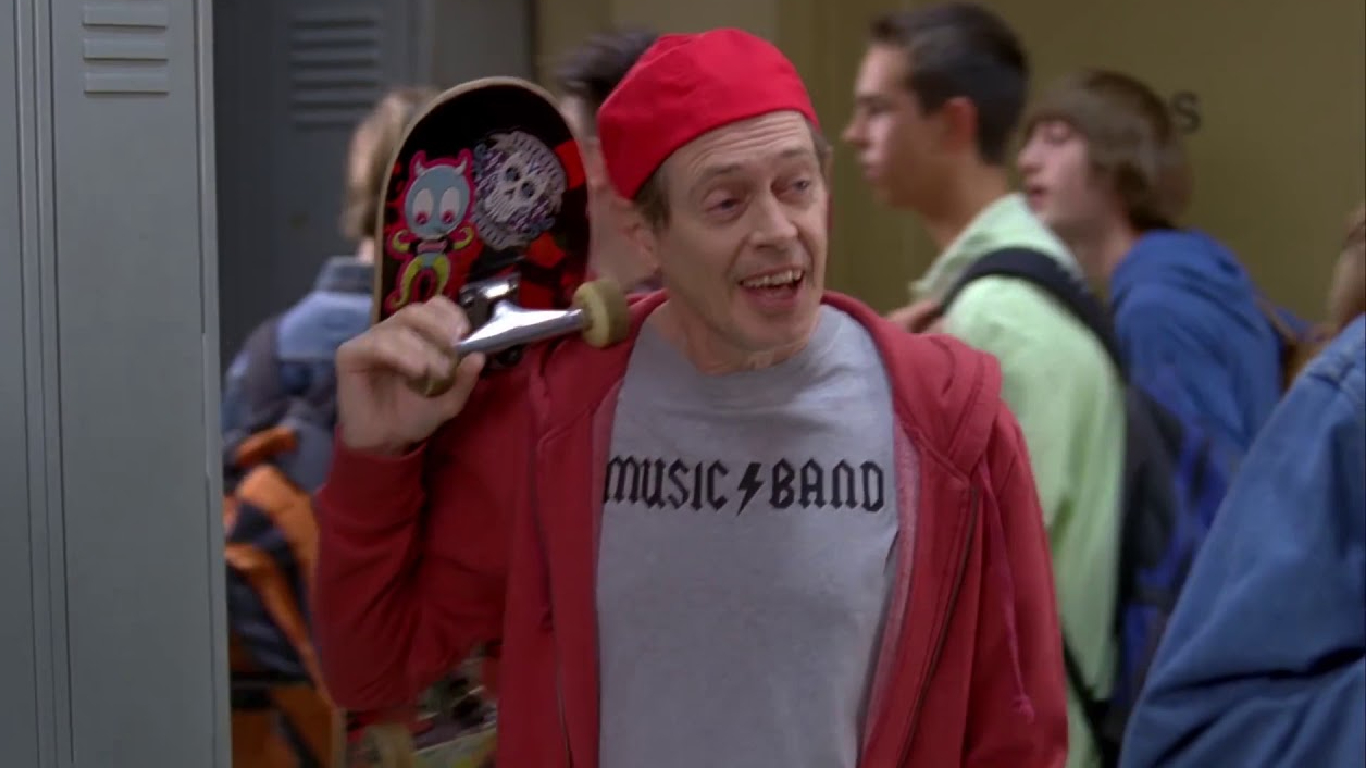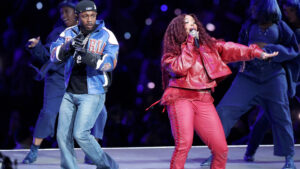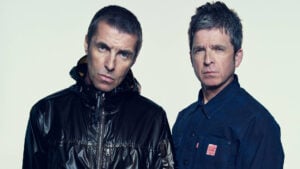On the (very) few times I’ve tuned into Triple J over the past decade, the once springy and hyper-relevant “Australian Youth Broadcaster” sounded less like the bold tastemaker it once was, and more like a sycophantic death march desperately trying to play cool with an attention-deficit generation.
Granted, at 35, I’m far from the mandated target audience (18 to 24-year-olds) for this taxpayer-funded radio station which, for many years throughout my 20s, was positioned as a genuinely effective cultural force. But I’ve never felt alone in my opinion that Triple J is no longer the arbiter of what’s seen as trendy amongst Australia’s youth. And absolutely not a viable alternative to commercial radio.
Whether or not Triple J is losing its target audience has been a touchy subject in the music industry for years. A recent article published by The Guardian, however, seems to have reignited discussion and dragged the increasingly obvious atrophy of ABC’s youth broadcaster under the microscope. By now, it’s not up for debate whether or not Triple J is losing its potency amongst its target audience. Although there are a few differing opinions as to why this is the case.
The “Triple J Sound”
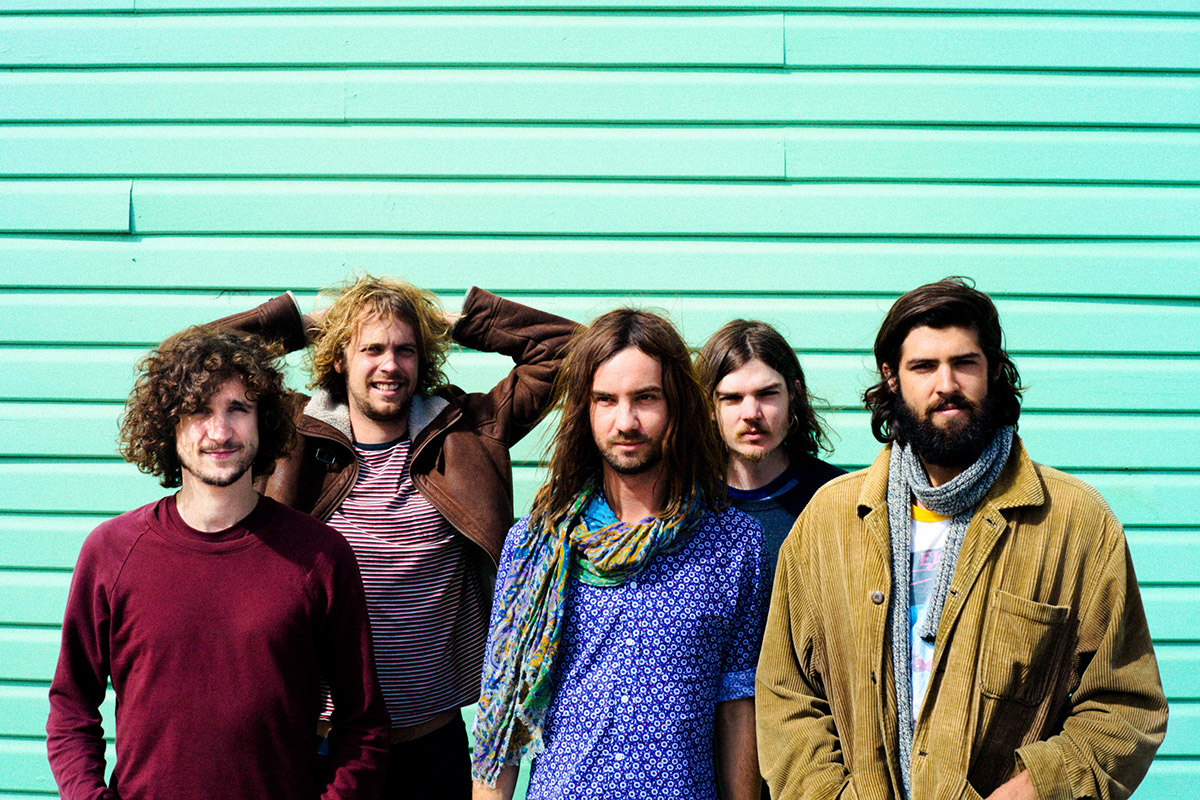
There’s always been talk about a “Triple J sound.” This sameness threatened to homogenise what you’d hear on the airwaves and turn the once genuinely diverse and provocative radio station into nothing more than another generic broadcaster.
The threat was real, and the changes were slow, but the segue from tastemaking alternative radio station to something bland and repetitive should be obvious to anyone by now. Those seeds that Triple J ignored when accusations of homogenisation were around in 2014 have now sprouted into incredibly boring house plants.
The “Triple J sound” was less about what the radio sounded like day-to-day and more about what kind of style was allowed to slip through the radio’s gatekeepers. The station has been important when it comes to pushing new Australian music and shaping culture. The ability for Triple J to make or break young careers was potent. It’s the kind of hegemony governments would kill for – or build a hyper-engaging social media app to harness.
Having a specific kind of sound meant that these bands would need to adapt if they wanted exposure on the station, forcing them to creatively misshape themselves in order to appease what Triple J decided was cool.
In a way, it’s much like what TikTok is doing to the music industry right now. Pop singer Halsey has been in the news recently because her record label wouldn’t release her new song unless it had the potential to go viral on TikTok. Drake made one of his worst songs to date in order to go viral on TikTok. It’s starting to become apparent that the easiest way to go viral on the Chinese-owned social media platform is to make a song with at least one catchy soundbite that TikTokers can use to cobble together a viral dance trend.
That’s how marketing works. However, that’s not how art works. And if we keep wanting to refer to music as art, then we need to stop allowing these hyper-commercialised processes to stifle artists who want to do more than just fold into an obsequious circle jerk that, quite frankly, is a great burden to the music industry. At least in Australia.
Requiring artists to conform to a specific type of sound in order to take the easy route to success is never going to end well.
Why Else Might Triple J Be Losing Listeners?
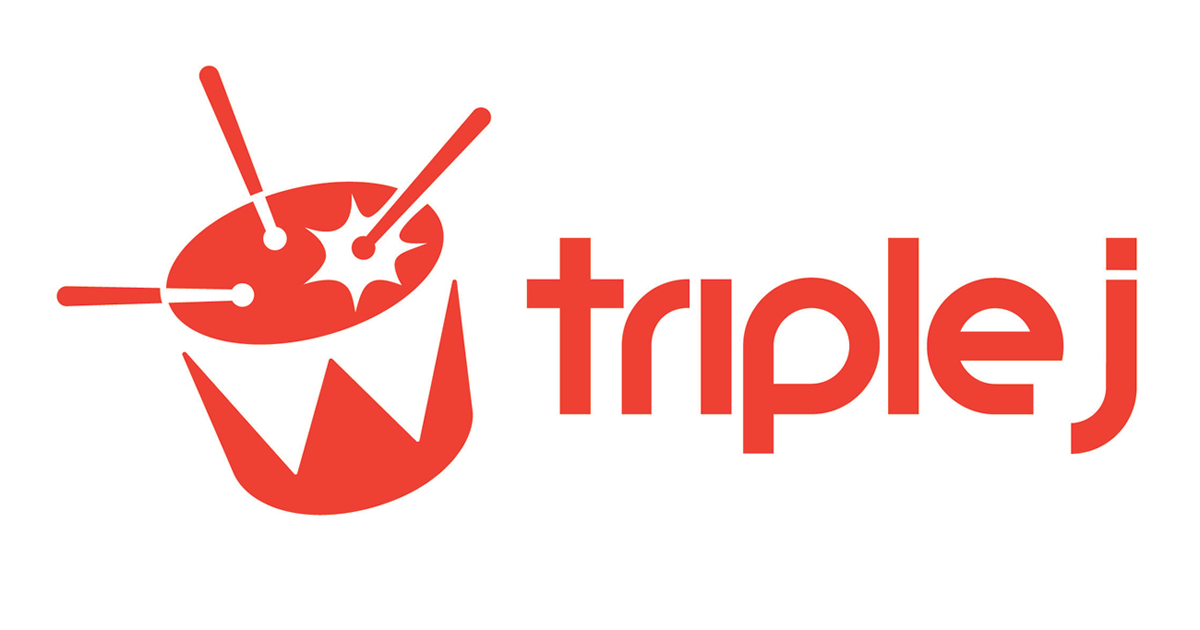
You don’t have to fly far across the internet to uncover negative chat surrounding Triple J over the past few years.
Another thought surrounds the next generation of Triple J presenters that ABC has invested so heavily in. Long gone are the likes of Linda Marigilano and Zan Rowe – some of the most likeable personalities on air. Now, what we seem to get is a quagmire of overzealous progressive politics and finger-wagging child-splaining masquerading as education for us toxic plebs.
Why would you listen to presenters who can barely string together a sentence without peppering in some whitewashed African-American Vernacular English and at least one trending phrasal template (he’s a 10, but he’s…) that’s already been flogged to death in every Instagram and TikTok caption weeks prior? I wouldn’t. You wouldn’t. Evidently, you aren’t… fam.
Others think the ill-will Triple J has built up is purely shouldered on arrogance. Anyone who has been paying attention to Triple J last year would know that that radio station was called out for tone-deaf ageism at one point for a simple tweet that was sent out, playfully joking around with a phrasal template (“did it hurt when…”) and turning that into an attack on older generations.
did it hurt? when you aged out of the youth radio station
— triple j (@triplej) August 31, 2021
“Did it hurt? When you aged out of the youth radio station” some cool social media manager tweeted just over a year ago. Almost immediately, the broadcaster was accused of ageism and the kind of smugness that instantly pushes away a large chunk of your audience. It would have been fine if Triple J was too good to give up by that point. But it wasn’t.
Maybe it’s the prevalence of more overhyped pop music on Triple J? Lizzo is a great example. Lil’ Nas X is another. I realise the lines that once separated pop music and more musically credible (and interesting) output have become increasingly blurred thanks to a changing of the guard from one generation to the next. Pop bloggers now have an equal voice to music journalists, and fandoms are louder than they used to be. But there’s only so much overproduced, watered-down, made-for-TikTok music one can take before the third listen has you feeling nauseous.
An “alternative” radio station seemingly led into gutless trends by naive, artless pop bloggers and social media personalities will never survive.
A more practical and obvious reason would be the changing world of technology. No one really needs to be told what to like by the radio anymore; streaming services like Spotify do a good enough job as it is, and the (actually very impressive) algorithm does fine work when it comes to discovering new music. If you can get this kind of hyper-focused, tailored listening experience, why would you bother churning through a swamp of boring Aussie “drill” and cutesy garage-pop to find something you actually like? People these days listen to Spotify in the car. Not the radio.
That is, of course, unless you want to listen to the presenters and segments like Hack – which has been accused of disingenuous, politicised interviews in the past. Although why would you when you can just stream your favourite podcast and listen to something that actually interests you and challenges you rather than relay the same “woke” talking points you’d see plastered across your Facebook news feed every day? “Straight white men” would get bored of being told how evil they are ad nauseam. And regardless of how loud Twitter is, most people aren’t fond of the obnoxious overcorrection that has come to define the holier-than-thou zeitgeist.
All of these reasons for Triple J losing listeners are valid. And I’d argue a million times that they’re all right. But most of all, the main reason seems to be this:
Triple J used to be a leader, now it’s a follower. What utility does it have left?
Triple J’s Downfall – By The Numbers

A brilliant analysis by Unmade was recently released after the aforementioned article from The Guardian, painting a similarly grim picture for Triple J. By digging into the numbers more thoroughly, Unmade showed that between 2014 and now, the number of targeted (remember, ages 18 to 24) listeners Triple J pulled in across five metro capitals represented a fall of 55%. In 2014, there were an average of 22,000 members of Triple J’s mandated target audience listening at once. In 2022, that number had fallen to 10,000.
To re-frame it, the Unmade data reveals that 16.1% of Triple J’s target audience across Australia’s five major capitals were dialled into Triple J at any one moment. In 2022, that number is now 8.8%.
Numbers indicate that radio is still drawing in listeners, but Triple J’s target audience is now choosing commercial radio instead of what was once seen as alternative radio. And they aren’t just jumping over to the more “mature” Double J. Could this be because Triple J is now no better than any other radio station out there?
So, where are these young listeners jumping ship to? Ratings seem to suggest that many have veered over to Nova Entertainment’s Smooth FM, a largely apolitical broadcaster that’s more concerned with curating music by mood rather than anything else.
How Can Triple J Recover?
Honestly, I really don’t think they can. Triple J’s major selling point – that being the Australian music quota, where 40% of content played must be homegrown – doesn’t seem to be selling the station anymore. People also no longer need to be told what they like, they have enough platforms out there to get a more tailored experience, without the sanctimonious dribble between songs.
